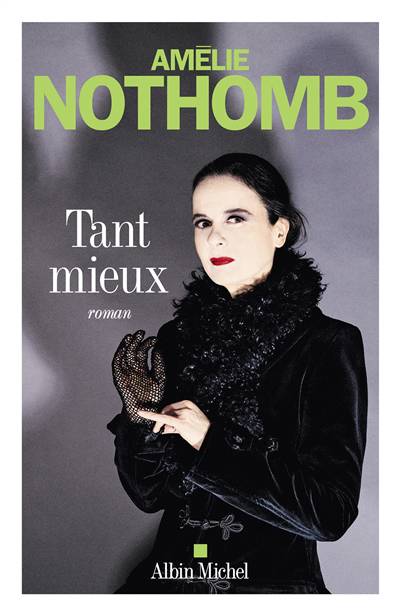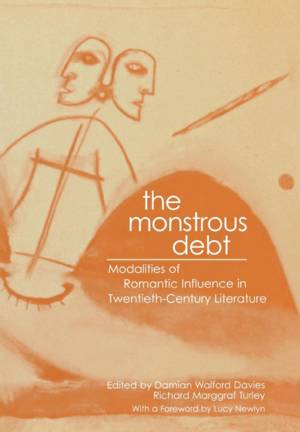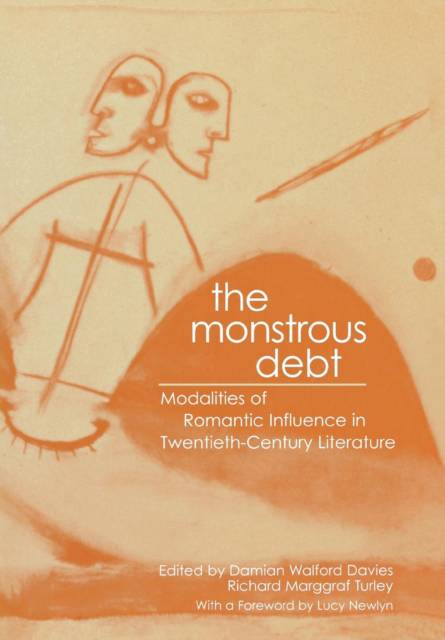
- Retrait gratuit dans votre magasin Club
- 7.000.000 titres dans notre catalogue
- Payer en toute sécurité
- Toujours un magasin près de chez vous
- Retrait gratuit dans votre magasin Club
- 7.000.0000 titres dans notre catalogue
- Payer en toute sécurité
- Toujours un magasin près de chez vous
The Monstrous Debt
Modalities of Romantic Influence in Twentieth-Century Literature
John Bayley, John Beer, Hugh Haughton, Harriet Devine Jump, Richard Marggraf-Turley, Emma Mason, Lucy Newlyn, Michael O'NeillDescription
The authors in this collection join an animated debate on the persistence of Romanticism. Even as dominant twentieth-century cultural movements have contested Romantic "myths" of redemptive Nature, individualism, perfectibility, the transcendence of art, and the heart's affections, the Romantic legacy survives as a point of tension and of inspiration for modern writers. Rejecting the Bloomian notion of anxious revisionism, The Monstrous Debt argues that various kinds of influences, inheritances, and indebtedness exist between well-known twentieth-century authors and canonical Romantic writers.
Among the questions asked by this volume are: How does Blake's graphic mythology submit to "redemptive translations" in the work of Dylan Thomas? How might Ted Hughes's strong readings of a "snaky" Coleridge illuminate the "mercurial" poetic identity of Sylvia Plath? How does Shelley "sustain" the work of W. B. Yeats and Elizabeth Bishop with supplies of "imaginative oxygen"? In what ways does Keats enable Bob Dylan to embrace influence? How does Keats prove inadequate for Tony Harrison as he confronts contemporary violence? How does "cockney" Romanticism succeed in shocking John Betjeman's poetry out of kitsch into something new and strange?
The Monstrous Debt seeks to broaden our sense of what "influence" is by defining the complex of relations that contribute to the making of the modern literary text. Scholars and students of the Romantic era will enjoy this informative volume.
Spécifications
Parties prenantes
- Auteur(s) :
- Editeur:
Contenu
- Nombre de pages :
- 264
- Langue:
- Anglais
Caractéristiques
- EAN:
- 9780814330586
- Date de parution :
- 14-09-06
- Format:
- Livre relié
- Format numérique:
- Genaaid
- Dimensions :
- 163 mm x 237 mm
- Poids :
- 503 g

Les avis
Nous publions uniquement les avis qui respectent les conditions requises. Consultez nos conditions pour les avis.






